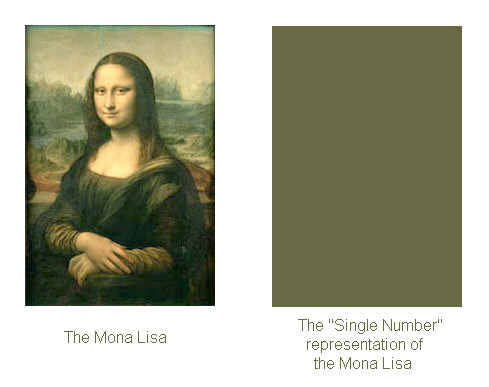
Originally Posted by
neuroanatomist
Honestly, everyone should take a step back and consider what the DxOMark scores mean - and don't mean. They are quite transparent about their scoring metrics and methods, and there's no reason to suspect there's collusion or favoritism occurring. At the same time, it's important to remember that the sensor score is just that - a score of the sensor itself, not a 'camera score'.
Furthermore, keep in mind that all of their overall scores are based on reducing the image to 8 MP - thus, the greater the starting resolution the more downsampling, which means lower apparent noise. That lower apparent noise means apparently better ISO performance and apparently more dynamic range (lower apparent noise lowers the 'floor' for the DR estimate). If you like, you can substitute 'artifically inflated' for 'apparently'.
They have a page describing the mathematics of the normalization to 8 MP, and on that page, there's the following statement:
What should be remembered is that doubling the resolution adds:
3dB to the normalized SNR
0.5 bit to the normalized DR
0.5 bit to the normalized TR
1.5 bit to the normalized CS.
So, compared to 8 MP the D800 is 4.5-fold higher (just over two doublings), whereas the 5DIII is 2.75-fold higher (just over one doubling). What that means, mathematically, is that the D800 has approximately one extra doubling of resolution relative to DxOMark's 8 MP normalized value - that accounts for all of the differences in the scores for both ISO and Color Depth, and part of the difference in dynamic range.
Note that DxOMark does provide the non-normalized data, they just don't use those data to calculate the overall scores, the rationale being that normalizing to 8 MP allows appropriate comparisons. In one sense, it does - if you're going to print 8x10" images all the time, then their scores actually apply pretty well.
Let me give a specific example for color sensitivity, which is the basis for DxOMark's Portrait Score. That's one area where the D800 with 25.3 bits 'beats' the 5DIII with 24-bits. In the comparison without normalizing to 8 MP, the D800's advantage pretty much entirely disappears.
Originally Posted by neuroanatomist








 Reply With Quote
Reply With Quote